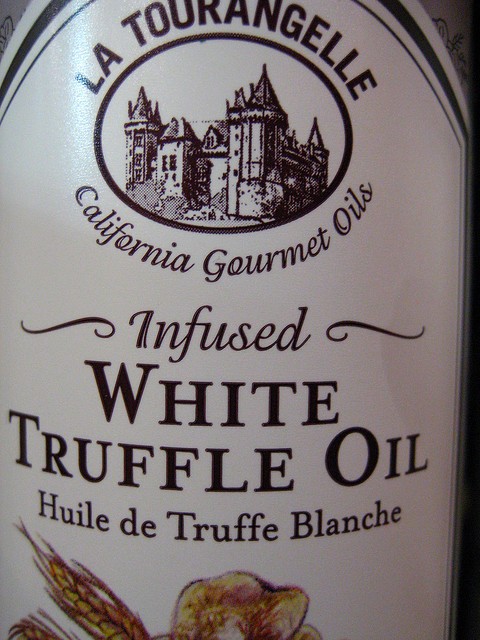
Ah, trendy ingredients, the thing food writers love to whine about. Every year, there are posts about the worst ingredients of the past year and predictions of the worst ingredients of the coming year, and yet they're nearly always wrong.
Sometimes, these trends are actually useful–the nose-to-tail craze currently going on, for example, is trying valiantly to reverse decades of American snobbery about which parts of an animal killed for its meat are worth eating (“ugh, why would anyone eat a beef cheek?”).
Usually, however, they're just annoying. An ingredient will sweep the nation, and it will be completely impossible to avoid it. Remember the pesto craze of the 1980s? All of a sudden, people discovered that Italians didn't just glop a pint of watery tomato sauce on a plate of spaghetti and cover it in a blizzard of imitation parmigiana.
Here are five ingredients that have staying power (they've been trendy for long enough not to be a flash in the pan) and wide distribution. They ought to be banned, on pain of restaurant shutdown, for 20 years, until America has matured enough to be allowed to use them on an occasional basis.
]
1. Truffle oil
Every list like this one has to start with the worst ingredient in modern cooking. Truffle oil doesn't taste remotely like truffles–not even those shriveled, mummified “truffes d'été” fancy food shops try to pawn off on the unsuspecting. Truffle oil is the perfect excuse to jack up the prices on a plate of food–customers see “truffle” and think they're being spoiled. Unfortunately, truffle oil tends to taste synthetic, and that's not a taste that should be in a dish. The oil so dominates the flavor that many food writers have stooped to the nearly unpardonable offense of asking for it to be left out.
2. Curry powder
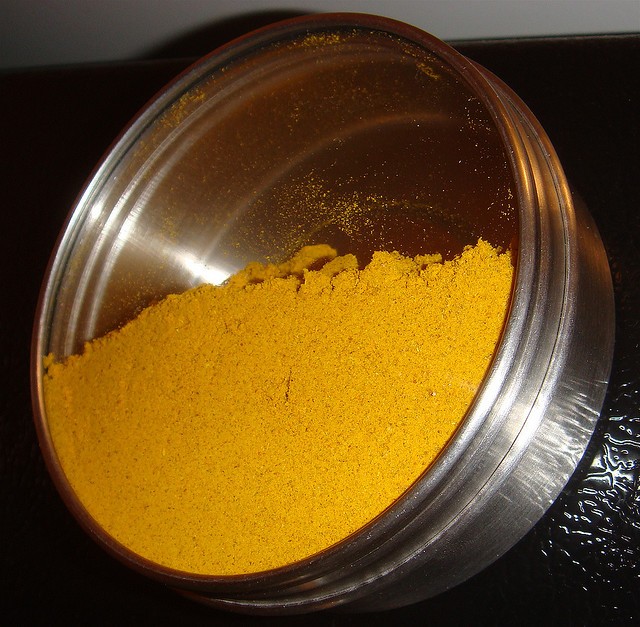
Blame the British. Their insatiable appetite for all things curry have led to the total bastardization of perfectly serviceable South Asian spice blends. Curry powder doesn't exist as such in India; individual spices are typically ground together either at the shop or at home, then cooked in fat as the base to a sauce. Prepared sweet curry powder, the Western kind, rarely gets cooked in fat. It ends up being used dry in mayonnaise, dusted onto French fries, and generally gets dumped in wherever a mediocre cook knows he needs to jack the flavor but doesn't know how, and the result always ends up tasting like desiccated House brand Japanese curry.
Blame the British. Their insatiable appetite for all things curry have led to the total bastardization of perfectly serviceable South Asian spice blends. Curry powder doesn't exist as such in India; individual spices are typically ground together either at the shop or at home, then cooked in fat as the base to a sauce. Prepared sweet curry powder, the Western kind, rarely gets cooked in fat. It ends up being used dry in mayonnaise, dusted onto French fries, and generally gets dumped in wherever a mediocre cook knows he needs to jack the flavor but doesn't know how, and the result always ends up tasting like desiccated House brand Japanese curry.
3. Balsamic vinegar
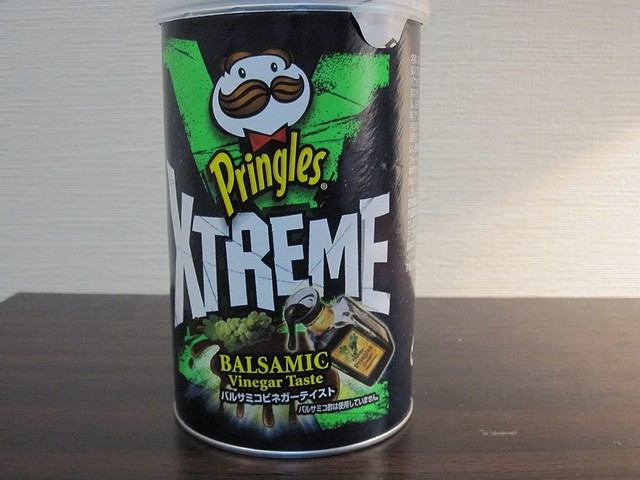
Real balsamic vinegar–marked aceto balsamico tradizionale di Modena and sold in tiny bottles with three-digit price tags–is amazing, a thick, black liquid the result of more than a decade of aging and ve-e-ery slowly evaporating in barrels. It's used by the drop as a final garnish on things such as a bowl of fragrant wild strawberries. The crap that gets doled out everywhere from Applebee's to American Airlines is not even close; it's red-wine vinegar and caramel coloring sweetened with either sugar or high-fructose corn syrup. It doesn't matter–chefs all over the country use cupfuls of the Cold Duck of balsamico, feeding the insatiable appetite for sweetness.
Real balsamic vinegar–marked aceto balsamico tradizionale di Modena and sold in tiny bottles with three-digit price tags–is amazing, a thick, black liquid the result of more than a decade of aging and ve-e-ery slowly evaporating in barrels. It's used by the drop as a final garnish on things such as a bowl of fragrant wild strawberries. The crap that gets doled out everywhere from Applebee's to American Airlines is not even close; it's red-wine vinegar and caramel coloring sweetened with either sugar or high-fructose corn syrup. It doesn't matter–chefs all over the country use cupfuls of the Cold Duck of balsamico, feeding the insatiable appetite for sweetness.
4. Chipotle
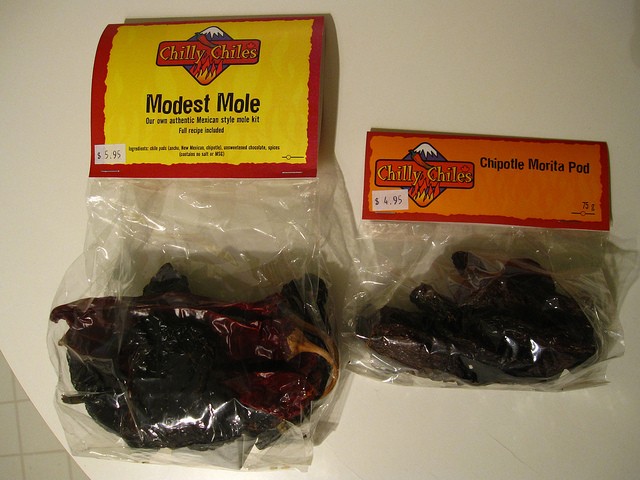
Chipotle–for the love of all that's holy, please pronounce it “chee-POHT-lay” and not “chee-POHL-tay”–is the name for a smoked jalapeño pepper. It's a northern Mexican chile that has a beautiful, smoky burn. The cemita poblana, the famous Pueblan sandwich, relies on chile chipotle for its heat, which matches perfectly with deep-fried, garlicky milanesa and cool, creamy avocado. In the United States, however, nearly all chipotles are sold canned in a very spicy adobo sauce and thrown willy-nilly (and “raw”) into whatever's handiest. Restaurants with Southwestern themes seem unable to restrain themselves from using it in everything from salad dressing to sandwich spreads.
Chipotle–for the love of all that's holy, please pronounce it “chee-POHT-lay” and not “chee-POHL-tay”–is the name for a smoked jalapeño pepper. It's a northern Mexican chile that has a beautiful, smoky burn. The cemita poblana, the famous Pueblan sandwich, relies on chile chipotle for its heat, which matches perfectly with deep-fried, garlicky milanesa and cool, creamy avocado. In the United States, however, nearly all chipotles are sold canned in a very spicy adobo sauce and thrown willy-nilly (and “raw”) into whatever's handiest. Restaurants with Southwestern themes seem unable to restrain themselves from using it in everything from salad dressing to sandwich spreads.
5. Bleu cheese
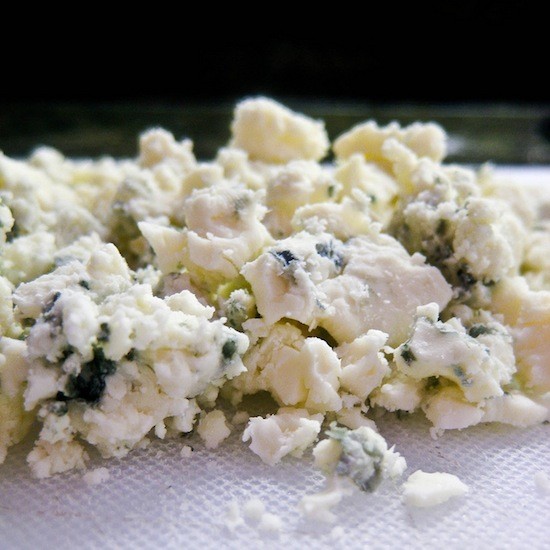
It's got a strong taste that has to be acquired, it plays amazingly well with ingredients from pears to beef, and best of all, some of the best in the world is made right here in the United States. Too bad it has fallen into the hands of people who think the best possible thing to do is to throw it in everywhere. A good, even great bowl of rib-eye stew ruined by an enormous hunk of Maytag lurking like a U-boat under the surface; hot, crispy, salty French fries turned eye-watering by a liberal shower of Gorgonzola; in place of nice, normal, non-threatening queso cotija in a dish of refried beans.
It's got a strong taste that has to be acquired, it plays amazingly well with ingredients from pears to beef, and best of all, some of the best in the world is made right here in the United States. Too bad it has fallen into the hands of people who think the best possible thing to do is to throw it in everywhere. A good, even great bowl of rib-eye stew ruined by an enormous hunk of Maytag lurking like a U-boat under the surface; hot, crispy, salty French fries turned eye-watering by a liberal shower of Gorgonzola; in place of nice, normal, non-threatening queso cotija in a dish of refried beans.
Follow Stick a Fork In It on Twitter @ocweeklyfood or on Facebook!

